Santa Barbara County Rezone Plan Comes with a Cost
Thousands of Units of Housing May Be on Way to South Coast, but Affordability Still a Concern
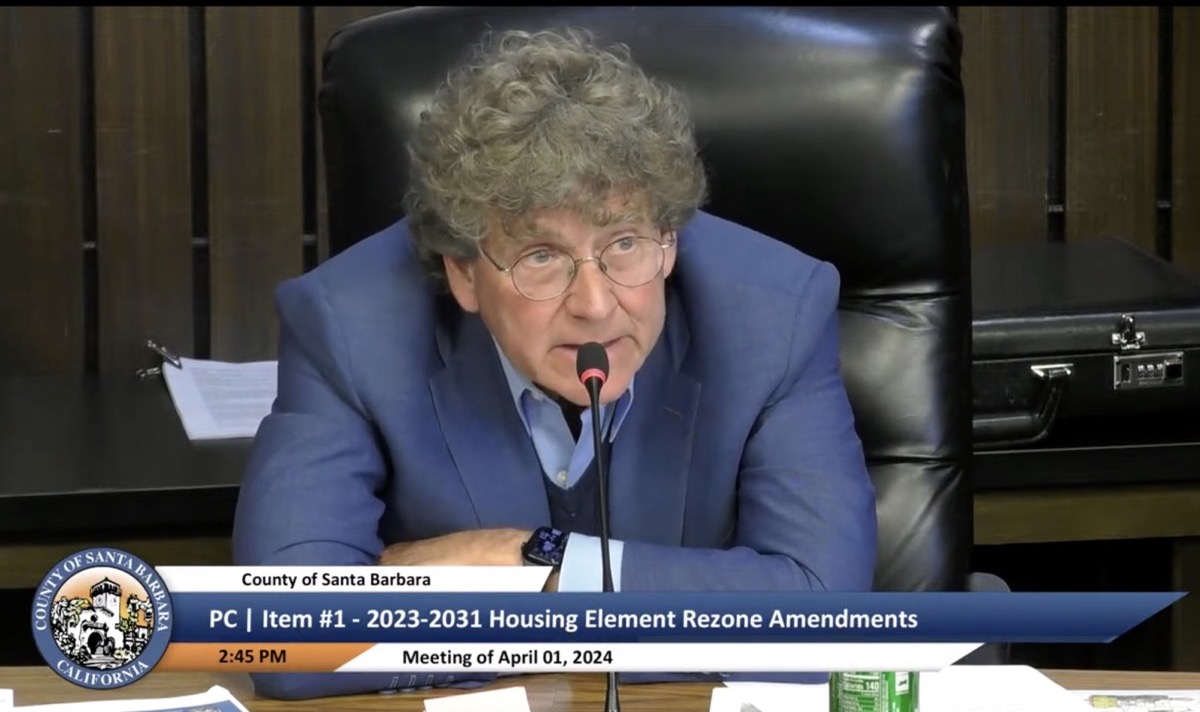
After two meetings and a dozen hours of public comments and deliberation, the Santa Barbara County Planning Commission came away with a final plan for which properties will be rezoned to help the county meet its state-mandated housing goals over the next eight years. And on the South Coast, where there was much debate over the potential for a few thousand units concentrated near the Goleta Valley, it became clear that the county would have to swallow a big chunk of market-rate housing in order to meet the targets for low- and moderate-income units.
Specifically, to meet the state’s Regional Housing Needs Allocation (RHNA) of 1,766 low-income and 1,051 moderate-income units in the unincorporated areas of the South Coast over the next eight years — plus a couple hundred extra to allow enough wiggle room in case the projects don’t pan out — the county needs to rezone 16 properties, opening the door for nearly 4,000 units of market-rate housing.
It’s all a part of the “balancing act” portion of the county’s Housing Element plan, intended to ensure that the county can provide the estimated demand of affordable housing units for the 2023-2031 cycle. But throughout the planning process, county leaders have struggled to solve the riddle of how to bring affordable housing when private developers typically only provided a minimal portion — 10 to 20 percent — of units to lower-income renters.
The majority of the planned rezones are on the South Coast. Many of the proposed projects were detailed a week earlier during a series of developer workshops hosted by the county, and on April 1, the Planning Commission narrowed down its recommendations from a list of 18 sites, including nine county-owned sites and two projects already in the pipeline (Tatum and Bailard, both collaborations between the county Housing Authority and Red Tail Multifamily Land Development).
Commissioner John Parke, 3rd District, worked closely with 2nd District Commissioner Laura Bridley to decide which properties would be recommended for rezones and, more importantly, which would not make the cut.
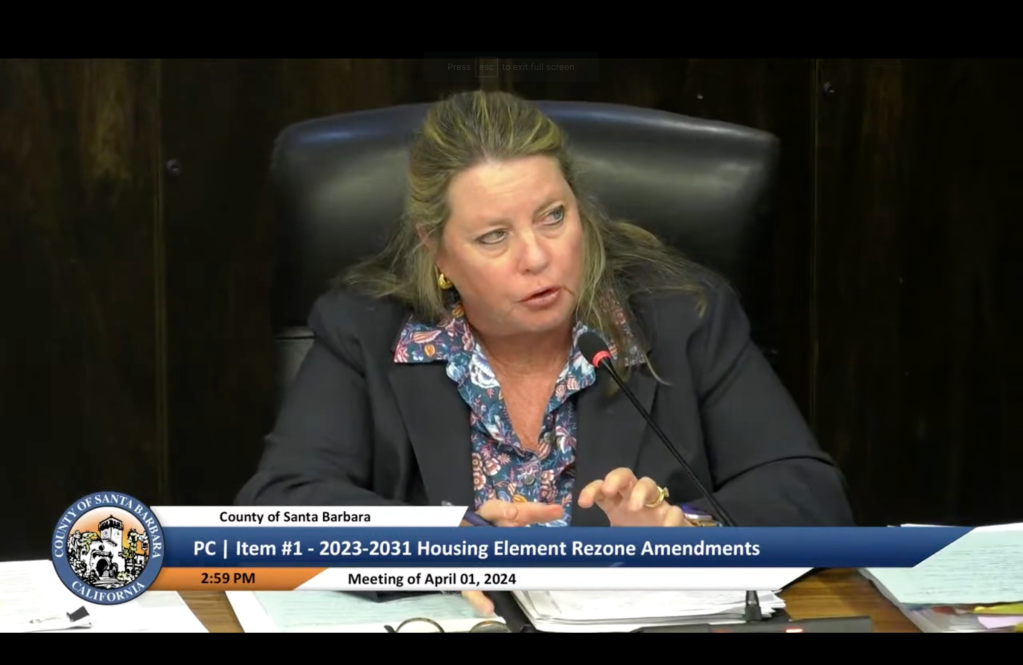
The properties moving forward for rezone included: two Van Wingerden family properties in Carpinteria that could bring 416 units; Hope Community, St. Vincent, and St. Athanasius church properties that combine for 525 units; county-owned properties such as the probation building, the former juvenile hall site, and unused parking lots adding up to 284 potential units; and a cluster of parcels surrounding the City of Goleta — San Marcos Ranch, Montessori, Scott, Ekwill, Caird Family, Friendship Manor, and Glen Annie — that could bring more than 3,000 new units of housing.
But the addition of more than 3,000 units near Goleta — an estimated 7,000 people — would mean an influx of population greater than Solvang (pop. 5,900) or Buellton (pop. 5,100). Due to this fact, along with the wave of public backlash about the impact of heavy development in the Goleta area, commissioners Parke and Bridley could not recommend rezoning all of the proposed sites.
Instead, the commissioners agreed that the Giorgi project — a 60-plus-acre, family-owned orchard that was proposed as more than 1,100 units of housing near Highway 217 in Goleta — and the McCloskey project, 200 units also near Hollister in Goleta, should be left off the list.
The Montessori property, in a last-minute change, was allowed to move forward with an adjusted unit total of 197 units instead of 341 as previously proposed, with Bridely and Parke suggesting less-dense development with an affordability component handled by the Housing Authority.
But, as some county planning staff pointed out, the Giorgi family project still has life. As a “builder’s remedy” project, the developers could retain the right to build as long as they promise 20 percent affordable housing in the future.
The Planning Commission unanimously approved the rezone plan with a total of 7,693 units on the South Coast, which is 3,130 more than required by the state. This includes 2,258 lower-income, 1,462 moderate-income, and 3,973 market-rate units. The rezones will now move forward to the Board of Supervisors in two hearings on April 30 and May 3.
Premier Events
Sat, May 04
10:00 AM
Lompoc
RocketTown Comic Con 2024
Fri, May 03
4:00 PM
Santa Barbara
Santa Barbara Fair+Expo “Double Thrill Double Fun”
Fri, May 03
8:00 PM
Santa barbara
Performance by Marca MP
Sat, May 04
10:00 AM
Solvang
Touch A Truck
Sat, May 04
11:00 AM
Santa Barbara
Mental Wellness Center’s 28th Annual Arts Faire
Sat, May 04
11:00 AM
Santa Barbara
Community History Day
Sat, May 04
3:00 PM
Solvang
The SYV Chorale Presents Disney Magic Concert
Sat, May 04
4:00 PM
Santa Barbara
Santa Barbara Treble Clef Women’s Chorus Spring Concert and Reception
Sat, May 04
7:00 PM
Santa Barbara
A Star Wars Cantina Celebration: Renegades, Rebels, and Rogues
Tue, May 07
7:00 PM
Santa Barbara
Theatre Eclectic Presents “The Great Gatsby” – Wake Auditorium
Thu, May 09
11:00 AM
Santa Barbara
Friendship Center’s Mother’s Day Celebration
Sat, May 04 10:00 AM
Lompoc
RocketTown Comic Con 2024
Fri, May 03 4:00 PM
Santa Barbara
Santa Barbara Fair+Expo “Double Thrill Double Fun”
Fri, May 03 8:00 PM
Santa barbara
Performance by Marca MP
Sat, May 04 10:00 AM
Solvang
Touch A Truck
Sat, May 04 11:00 AM
Santa Barbara
Mental Wellness Center’s 28th Annual Arts Faire
Sat, May 04 11:00 AM
Santa Barbara
Community History Day
Sat, May 04 3:00 PM
Solvang
The SYV Chorale Presents Disney Magic Concert
Sat, May 04 4:00 PM
Santa Barbara
Santa Barbara Treble Clef Women’s Chorus Spring Concert and Reception
Sat, May 04 7:00 PM
Santa Barbara
A Star Wars Cantina Celebration: Renegades, Rebels, and Rogues
Tue, May 07 7:00 PM
Santa Barbara
Theatre Eclectic Presents “The Great Gatsby” – Wake Auditorium
Thu, May 09 11:00 AM
Santa Barbara

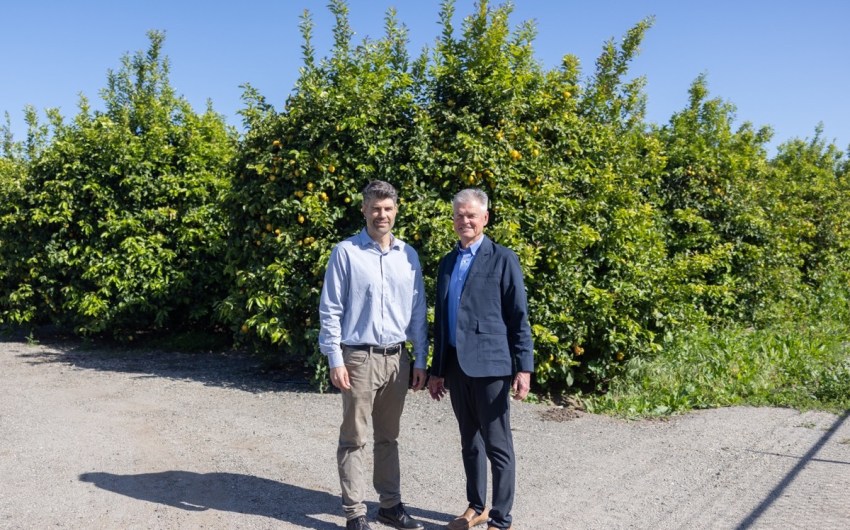
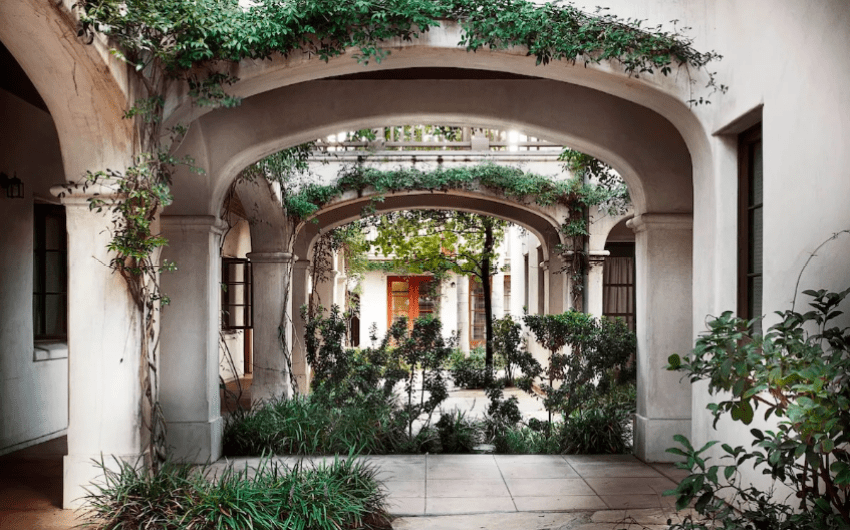
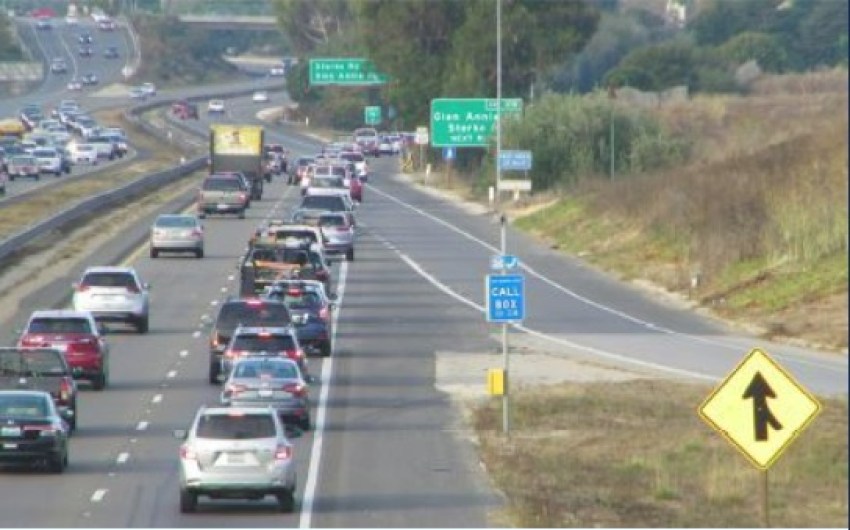
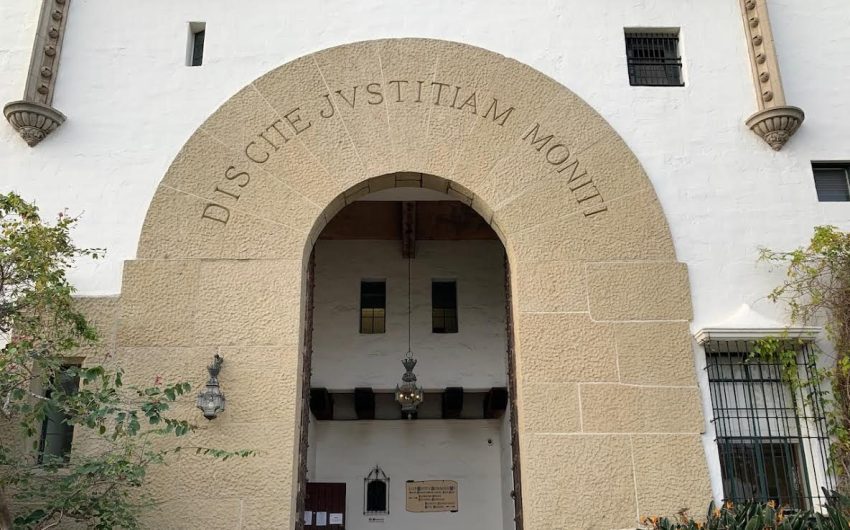

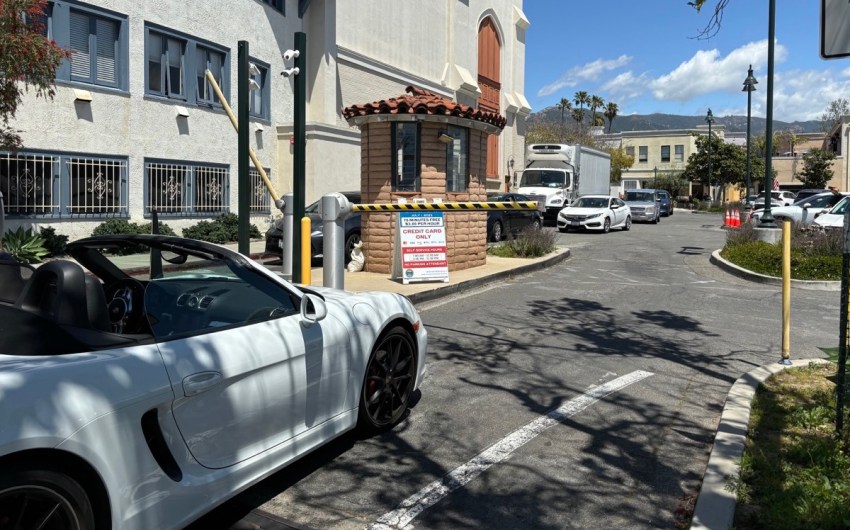
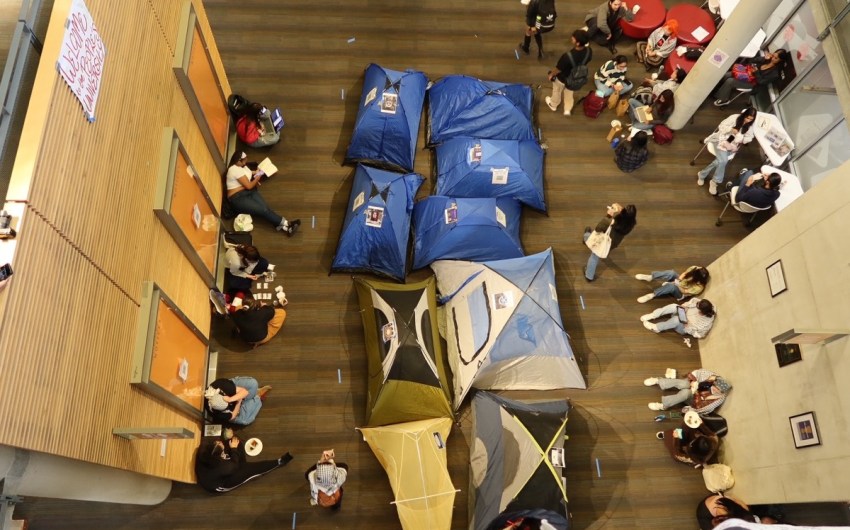

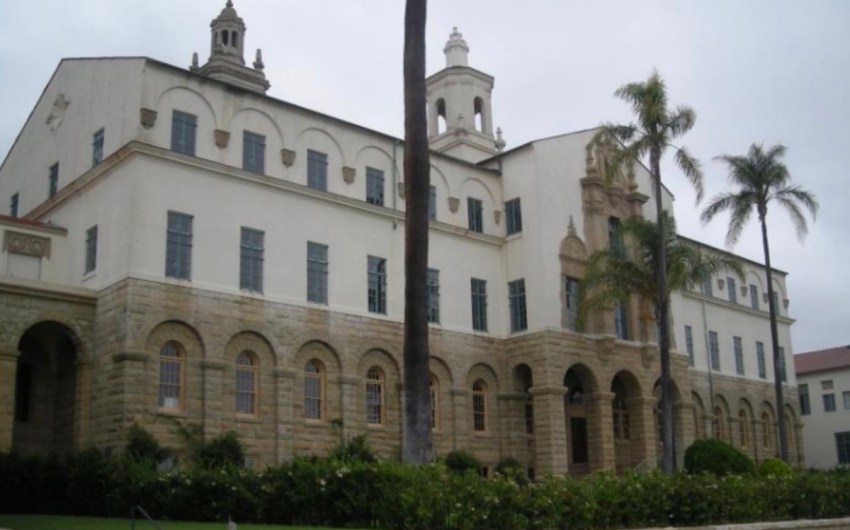
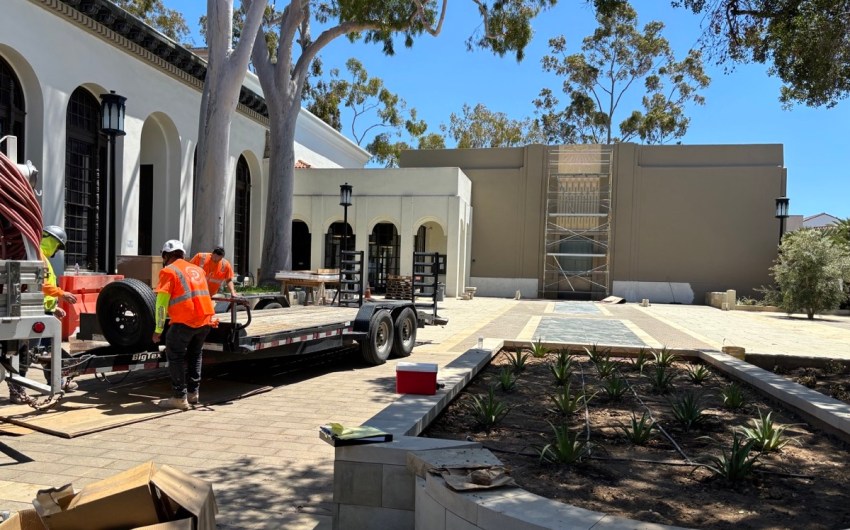

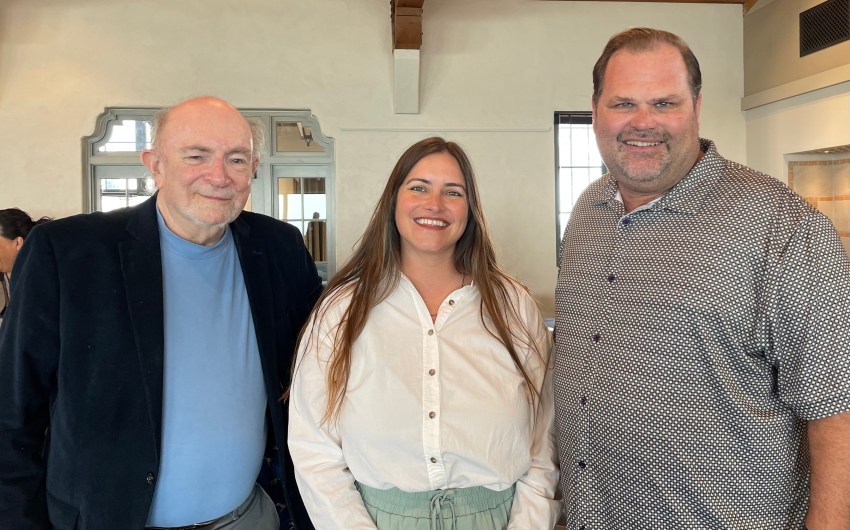












You must be logged in to post a comment.